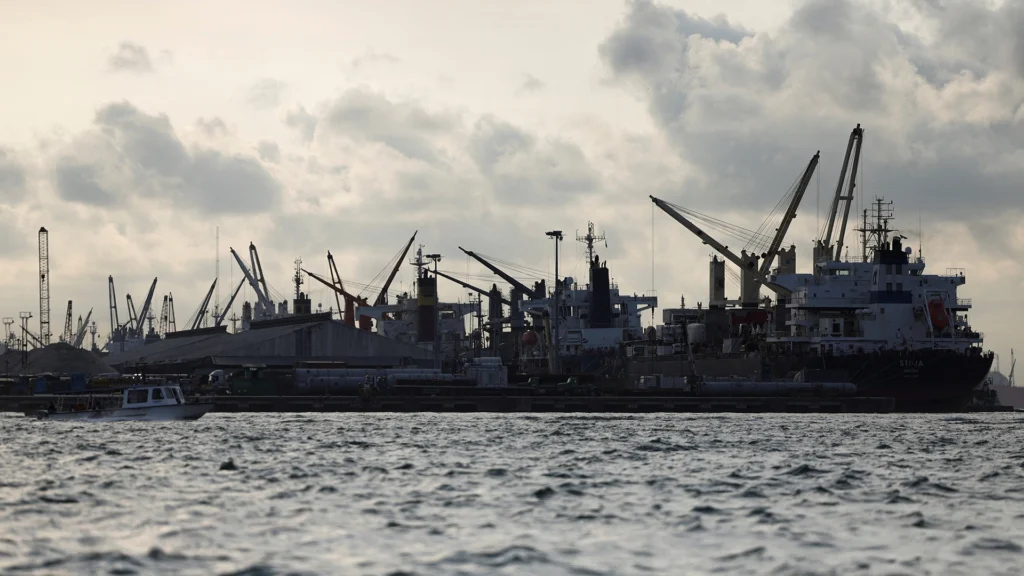Africa’s most ambitious downstream project is about to get bigger. Aliko Dangote plans to increase the Dangote Petroleum Refinery from its current 650,000 barrels per day (bpd) nameplate to 1.4 million bpd over the next few years, a leap that would rank it among the world’s largest single-site refineries.
Nigeria’s government has publicly backed the expansion, calling it a national priority for energy security and industrial policy.
The plant only began sustained output in 2024 and has been ramping product slates through 2025. Despite feedstock bottlenecks, operations recently accelerated with substantial volumes of gasoline, diesel, and jet fuel headed to market.
Highlights
- Capacity target: Expansion from 650k bpd to 1.4m bpd within ~three years, backed by Abuja and presented as a scale play to meet domestic demand and export to Africa/Europe. Sources: Vanguard, Guardian Nigeria, AP.
- Strategic impact: Potential to reorder West African product flows, reduce Nigeria’s import bill, and inject new supply into tight diesel and jet markets
- Execution lens: Expect phased trains and debottlenecking; financing could blend corporate balance sheet, export credit, and trader prepay models, amid prior scrutiny of leverage and FX exposure
- Global ranking: At 1.4m bpd, Lagos would contend with Reliance’s Jamnagar complex (~1.24m bpd) for global scale leadership
Why This Expansion Matters
For Nigeria: The refinery’s growth aligns with Abuja’s push to end chronic fuel import dependence and to stabilize pump prices over the cycle. If crude supply becomes reliable, Nigeria can rebuild FX buffers by substituting imports with domestic refining and exporting surplus to West and Central Africa. That eases pressure on the current account and the naira over time.
For Africa and Europe: West Africa’s refined‑product deficit (especially diesel) has widened as European capacity has shut or converted. Additional barrels from Lagos could tighten crack spreads cyclically, with seasonal relief on diesel/jet. Europe’s post‑Russia re‑routing has raised dependence on longer‑haul imports; a large, modern refinery closer to market shortens ton‑miles and adds resilience.
For global majors and traders: More Nigerian molecules mean more optionality for blenders, marketers, and shipowners. Expect time‑charter demand and storage dynamics in the Gulf of Guinea to adjust as Lagos becomes a steady anchor of spot parcels.
Capacity, Timeline, Financing — The Pragmatics
- Phasing & kit: Moving to 1.4m bpd likely combines new crude/vacuum trains, hydrogen and desulfurization capacity, resid upgrading, utilities and power. Expect liquid‑cooling/heat‑integration improvements and logistics investments.
- Power & feedstock: The refinery must secure stable crude supply (onshore/offshore and imports). Earlier in 2025, management acknowledged local crude shortfalls and imported barrels as a bridge. Power reliability and gas supply for hydrogen remain critical.
- Balance sheet: Scale‑ups of this size usually mix ECAs, development finance, and commodity‑trade finance. Prior ratings pressure highlights the need for conservative funding structures and FX hedging.
Market Effects to Watch
- Gasoline & diesel cracks: Monitor Northwest Europe and Mediterranean cracks as Lagos increases exports; freight spreads on LR1/LR2 tankers are the transmission belt.
- West African pricing: Watch PPRA‑style domestic pricing mechanics and subsidy policy; higher domestic output can reduce volatility, but crude feedstock pricing vs. product caps will matter.
- Crude slates: Follow Nigerian light sweet availability versus U.S. WTI or Mideast grades that may be imported to optimize yields.
Africa‑First Lens: Industrial Policy Meets Energy Security
For African policymakers, Lagos’s expansion is a case study in scale economics: single‑site complexity, deepwater jetties, and integrated logistics can beat fragmented refurbishment of old refineries. The spillovers (petrochemicals, specialty products, maritime services, and skilled jobs) are precisely the multipliers governments seek. Execution discipline, transparent pricing, and open access for marketers will determine how widely the benefits spread.
Risks & Realities
- Feedstock security: Domestic production variability and pipeline theft risk force import reliance until upstream stabilizes.
- Financing & FX: Dollar debt vs. naira revenue needs careful hedging; rising global yields keep service costs elevated.
- Project risk: Permitting, EPC timelines, and heavy kit logistics are non‑trivial; any slippage pushes benefits to the right.
What’s Next
- Formal EPC awards and module orders; look for CDU/VDU capacity specs and hydrogen units in procurement disclosures.
- Clarification of timeline and phasing (multi‑year) and any stake sales or ECA packages attached to the build.
- Signals on product export programs (diesel/jet to West Africa and Europe) as new units come online.


